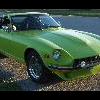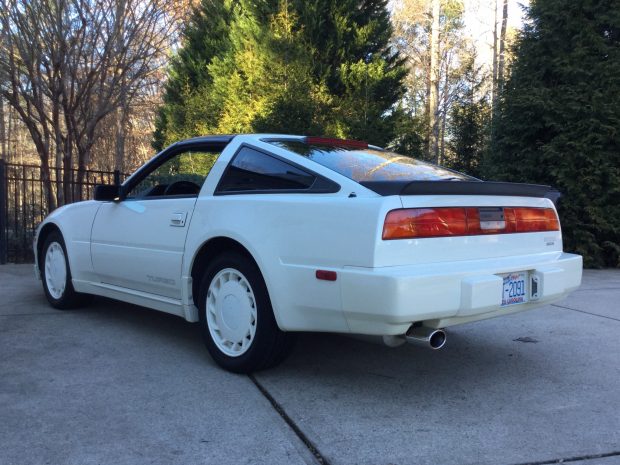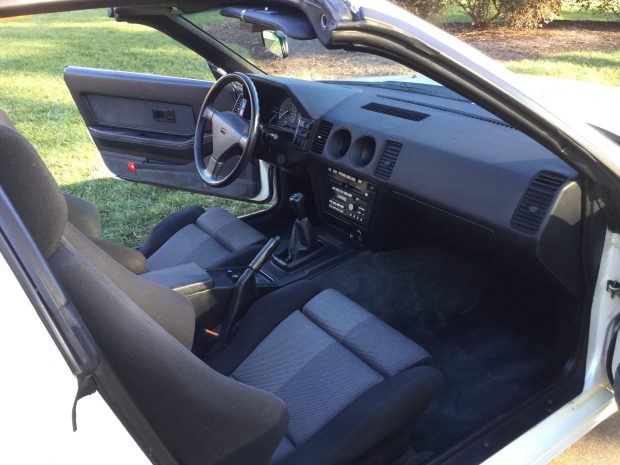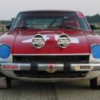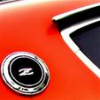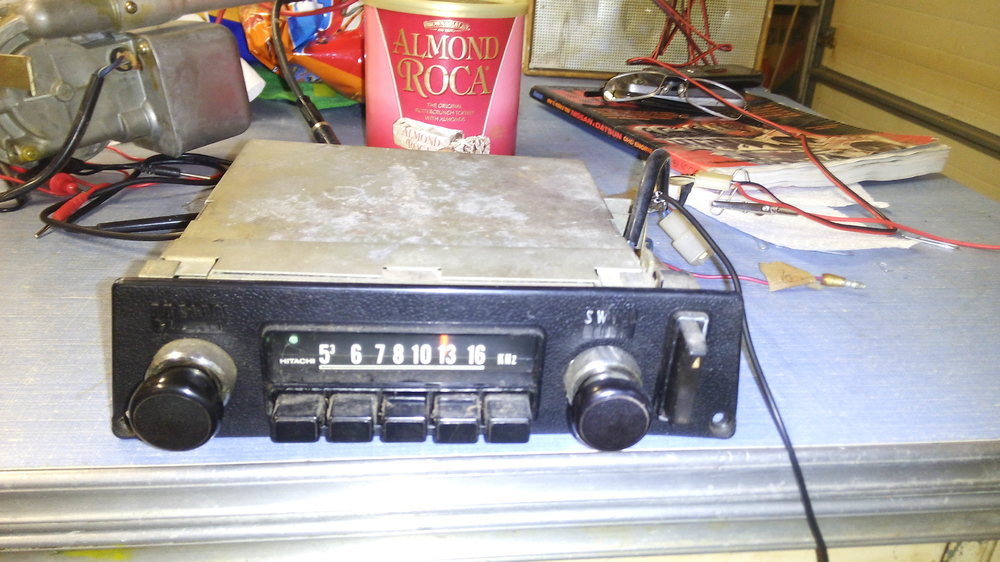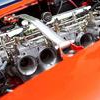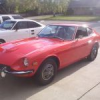Lately there have been several threads that all seem to be discussing timing advance problems related to the E12-80 electronic distributor conversion on older engines. For example:
http://www.classiczcars.com/forums/showthread.php?t=34031&highlight=E12-80
http://www.classiczcars.com/forums/showthread.php?t=34073&highlight=E12-80
http://www.classiczcars.com/forums/showthread.php?t=34126&highlight=E12-80
In at least one of them I ask if there was any way to know which distributors might be good candidates, and which ones to avoid, but never really got an answer. So I took it upon myself to download the factory service manuals for all five years of the 280ZX (1979 - 1983), dredge through them, and gather the information myself.
The attached Excel file summarizes what I found. It is an interesting document, and it clears up much of the confusion on the subject. For example I now believe that I can explain some of the vexing questions I had on this subject. For example:
Q: Why do so many sources recommend using only the 1979 model distributors?
A: Because that is the only year where you can be reasonably sure that the vacuum advance will not cause spark knock at part throttle without having to re-curve the distributor.
Q: Why does the E12-92 ignition module retard the timing by more than 8 degrees unless a 12V signal is applied to one of the extra pins?
A: Because starting with 1981 the vacuum advance produces 30 degrees of advance, and the ignition computer needed a way to retard the timing in the event of spark knock.
Remember that 1981 is about the beginning of the era when cars sold in the U.S. had to meet the dreaded and evil C.A.F.E. standards which made fuel mileage more important than anything else. I do not remember if it was in effect in 1981, but the car companies were all scrambling to meet the standards about that time.
Take a look at the file and many mysteries on this subject become self evident.
Distributor advance curves.xls
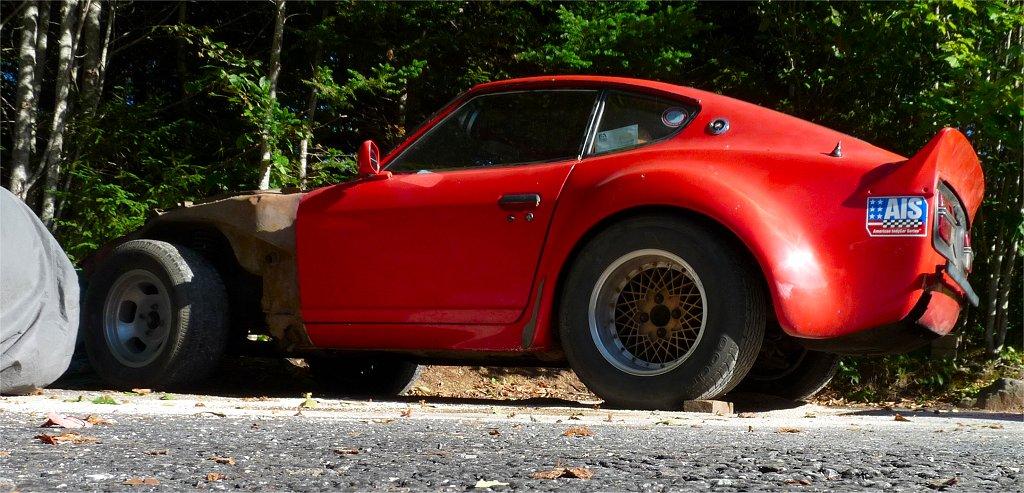
 Subscriber
Subscriber 2Points3,769Posts
2Points3,769Posts







